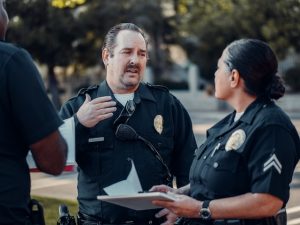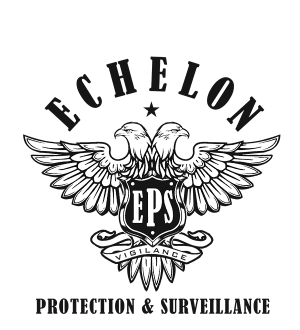
While the quality of life is often the focal point, security measures are integral in ensuring that the residents are guarded against potential threats. The amalgamation of technology and traditional security protocols can make these facilities impervious to breaches, creating a sanctuary for the elderly.
Integrating Technology
In today’s rapidly advancing world, technology plays a crucial role in bolstering security. Security cameras, alarm systems, and access control mechanisms are integral to a comprehensive security plan.
Cameras should be strategically placed to monitor every nook and corner, acting as eyes that are always watchful. Alarm systems must be highly responsive, triggering notifications at the slightest hint of trouble. Moreover, access control systems ensure that unauthorized personnel are barred from entering sensitive areas, making the facility a fortress where the residents can reside, unperturbed.
Staff Training
Technology, although pivotal, is not a standalone solution. The human element, primarily in the form of a well-trained staff, is indispensable. Regular training programs can equip the staff with skills to respond to various emergency situations adeptly. They become the first line of defense, always ready, and capable of neutralizing threats. Every member should be well-versed in the standard operating procedures during emergencies, making the execution of safety protocols second nature.
Resident Safety Protocols
The residents themselves can be integral to the safety ecosystem. By educating them on basic safety protocols and emergency response mechanisms, they become active participants in their own safety. Simple measures like familiarizing them with alarm sounds, emergency exits, and assembly points can be monumental during crisis situations. When the staff and residents work in tandem, the facility becomes a cohesive unit, always ready to safeguard its inhabitants.
Security Guards
Amidst the sophisticated technology and comprehensive safety protocols, the human touch in the form of security guards remains integral in keeping long-term residential care facilities safe. They are not just guards but are sentinels of safety, combining their experience, intuition, and training to offer an impenetrable line of defense.
Security guards offer a visible assurance of safety to both residents and their families. Their presence is a constant reminder that the safety of the inhabitants is a priority. Guards conduct regular patrols, their trained eyes always on the lookout for anything amiss. They are the human sensors who can perceive and respond to threats that might be overlooked by electronic security systems.
Their interpersonal skills also play a vital role. Security guards can connect with residents, understanding their routines, and nuances. This connection facilitates an environment where residents feel comfortable sharing their concerns, making the security more personalized and effective.
Family and Community Engagement
Engaging the family and the community in the facility’s safety protocols fosters an environment of collective responsibility. Regular meetings, safety drills, and updates can keep everyone informed and prepared. It transforms the facility into a community stronghold where everyone is a custodian of safety.
In a world brimming with uncertainties, the safety of long-term residential care facilities should be an unwavering constant. Our elderly loved ones deserve nothing less than a haven where they are not just cared for but are also secure and protected. Every layer of security woven into the fabric of these facilities is a testament to our collective commitment to safeguarding those who once shielded us.


